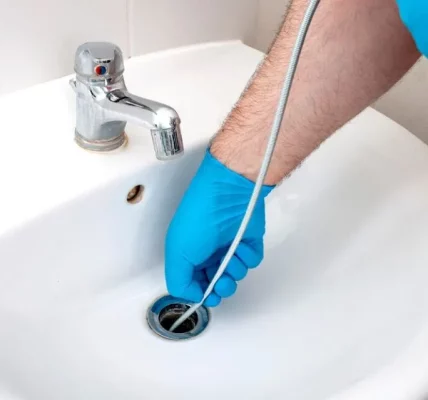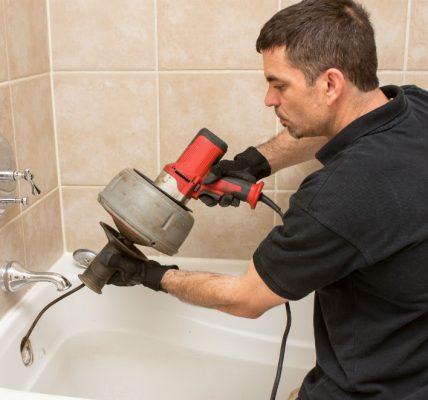A sump pump is a critical component in preventing basement flooding and managing water accumulation around your property. Proper maintenance, timely repairs, and knowing when to replace your sump pump are essential to ensure it functions effectively. This guide covers everything you need to know about Sump Pump Repair and Replacement in Lincoln NE.
Understanding the Importance of a Sump Pump
Sump pumps are typically installed in the lowest part of a basement or crawlspace. Their primary function is to pump out water that accumulates in a sump basin, thereby preventing flooding and water damage. They are especially important in areas prone to heavy rainfall, high groundwater levels, or frequent basement flooding.
Signs Your Sump Pump Needs Attention
To prevent potential water damage, it’s crucial to recognize the signs that your sump pump needs repair or replacement:
- Unusual Noises: Loud or strange noises can indicate a problem with the motor or impeller.
- Constant Running: A pump that runs continuously may have a stuck switch or a malfunctioning float.
- Irregular Cycling: If the pump turns on and off frequently, it could be a sign of an issue with the float switch or a clogged discharge line.
- Visible Rust or Corrosion: Rust and corrosion can impede the pump’s operation and indicate the need for replacement.
- Excessive Vibration: Excessive vibration when the pump is running can suggest a bent or damaged impeller.
- No Water in Sump Pit: If the pump is running but there is no water in the pit, the pump may not be properly installed or there could be a drainage issue.
Sump Pump Repair
When issues arise, consider these common repair solutions:
- Cleaning the Sump Pit: Debris and sediment can clog the pump, so regularly cleaning the sump pit can prevent problems.
- Checking the Discharge Line: Ensure the discharge line is not clogged or frozen and that it directs water away from the foundation.
- Inspecting the Check Valve: The check valve prevents water from flowing back into the sump pit. If it fails, water can return, causing the pump to work harder.
- Replacing the Float Switch: The float switch activates the pump when water levels rise. If it’s stuck or malfunctioning, the switch may need replacement.
- Testing the Pump: Regularly test the pump by pouring water into the sump pit to ensure it activates and pumps water out efficiently.
When to Replace Your Sump Pump
Despite regular maintenance and repairs, sump pumps have a limited lifespan. Here’s when you should consider a replacement:
- Age: Most sump pumps last about 7-10 years. If yours is approaching this age, consider replacing it to avoid unexpected failures.
- Frequent Repairs: If you find yourself frequently repairing the pump, replacing it may be more cost-effective.
- Increased Water Volume: If your area experiences increased rainfall or groundwater levels, an older pump may not be able to handle the extra load.
- Power Outages: If power outages are common, consider upgrading to a pump with a battery backup system to ensure continued operation during outages.
Choosing a New Sump Pump
When replacing your sump pump, consider these factors:
- Pump Type:
- Submersible Pumps: Installed underwater in the sump pit, they are quieter and more efficient for larger volumes of water.
- Pedestal Pumps: Positioned above the sump pit, easier to service but generally louder and less efficient for high volumes.
- Horsepower: Select a pump with sufficient horsepower to handle your home’s water volume. A 1/3 to 1/2 horsepower pump is typical for most homes.
- Battery Backup: Consider a pump with a battery backup to ensure operation during power outages.
- Alarm Systems: Some pumps come with alarms that alert you to high water levels or pump failures.
Professional Installation and Maintenance
While some homeowners are capable of installing or repairing a sump pump themselves, professional assistance ensures the job is done correctly and safely. A professional plumber can:
- Properly Size the Pump: Ensure you have the right pump size and type for your home’s needs.
- Ensure Correct Installation: Proper installation prevents future issues and ensures the pump operates efficiently.
- Provide Maintenance Tips: Regular maintenance advice to extend the life of your pump and prevent emergencies.
Conclusion
Maintaining and replacing your sump pump is essential to protect your home from water damage. Regular inspections, timely repairs, and understanding when to replace the pump can save you from costly repairs and potential flooding. By staying proactive and informed, you can ensure your sump pump remains reliable, keeping your basement dry and your home safe.




